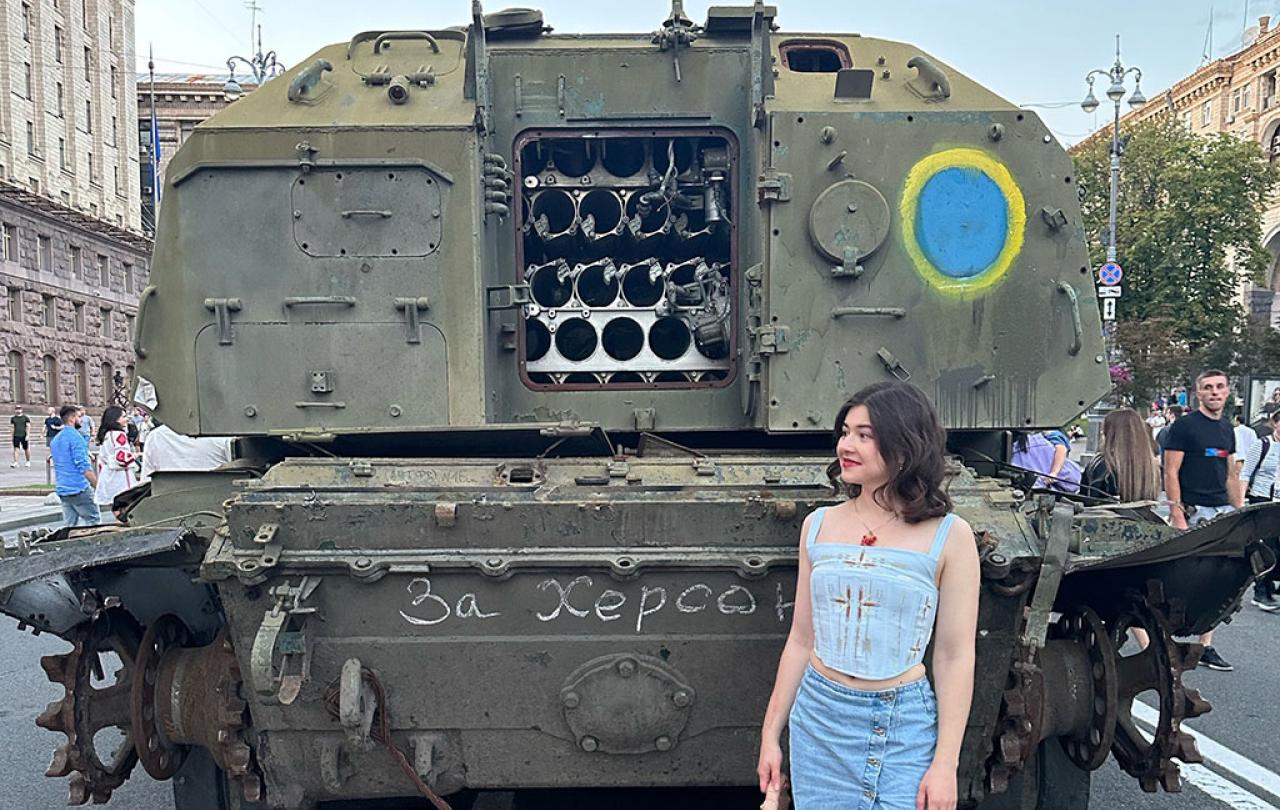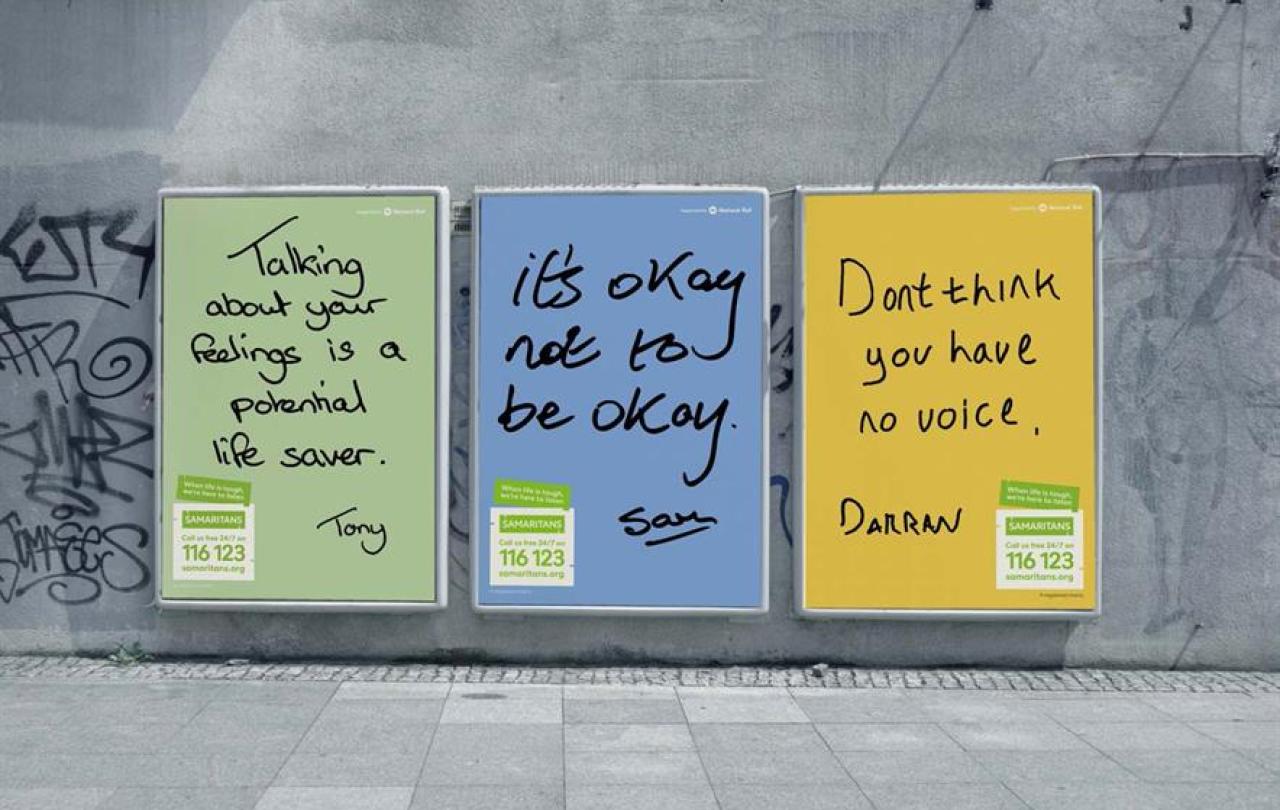
Ukraine is only two years older than I am. My personal history is intertwined with Ukraine’s history. Instead of the carefree fun I should be having as a young Ukrainian woman, on Saturday I was reflecting that my last two years have been dominated by war since Russia began its full-scale invasion. Over those 730 days, I have witnessed the best and worst of humanity.
I was evacuated from Kyiv to the sounds of explosions nearby, fearing I would be raped or murdered by Russian soldiers if they entered the capital. I’ve wept over losing university friends in combat. I’ve despaired at how Ukrainian writers are being deliberately targeted by the Kremlin.
But I also observed the speed that we Ukrainians built trust and social connections with unknown people. I was proud of the warmth of my hometown, Lviv, which welcomed people from the east of the country - it crushed the myths that Russia was trying to ooze into our national life that we were a divided country that didn’t have the right to exist except as part of Russia.
Not just in Lviv but all over Ukraine. This month in Odesa I felt the same warmth extended to elderly displaced people when I hosted a visit to our local humanitarian partner Heritage Ukraine by the Archbishop of Canterbury, Justin Welby. He saw for himself how the team, funded by the Scottish faith charity Blythswood, had opened their doors and their hearts to these traumatised strangers facing an uncertain future.
One of those displaced people, Nadia, told me: “We want to go home, but our home is being shelled. At least here we stay with dignity.”
The violence inflicted by Russia is not becoming any easier in the prolonged war we now face.
t’s a scene of resilience I’ve grown accustomed to as I’ve crisscrossed the country to play my small part in the astonishing humanitarian effort powered by the UK public’s incredibly generous donations.
The Iryna I saw in the mirror in 2021 wouldn’t recognise the young woman I see looking back at me today.
In Kherson, I was recording the stories of illegal detention of civilians to the sound of artillery fire. In Mykolaiv, my window view was an apartment block with the roof blown off and clay-coloured water was the only drinking option.
I never thought that I would learn the types of weaponry used in modern warfare. Now I know the difference between the motorbike sound of a drone from the missile whistle above my head followed by the clank when it detonates nearby.
Security awareness is an everyday reality in Ukraine. We often debate during an alert whether choosing to sleep in our own beds instead of going to a shelter may turn out to be our last night. A six-months pregnant teacher friend of mine in Kyiv was killed in her sleep from a drone strike.
The violence inflicted by Russia is not becoming any easier in the prolonged war we now face. Yet I also sense the paradox that we’ve accepted the war becoming everyday normality and so has the rest of the world.
Global attention today is not focused only on Ukraine. A host of other crises are taking precedence in the need for a humanitarian response. My biggest fear is that the long-term nature of our crisis reduces global actors to sympathizing observers.
What I do know is that my generation of young Ukrainians who have lost so much will not allow that to happen. More than ever, I feel the need for a just and resolute peace for Ukraine. With the help of our international friends, the day will come when those who have suffered can go back to rebuild their homes and communities.
As I move on to engage further in Ukraine’s recovery efforts, I feel privileged to have worked for Christian Aid as part of the humanitarian response. I’m most proud of our role in being a catalyst for local people to help themselves by setting their own community priorities in the kind of support they need, giving them a sense of dignity and self-worth.
It’s that kind of world that I dream about - where one day I will count my country’s blessings instead of how many drones and missiles were intercepted the night before.





